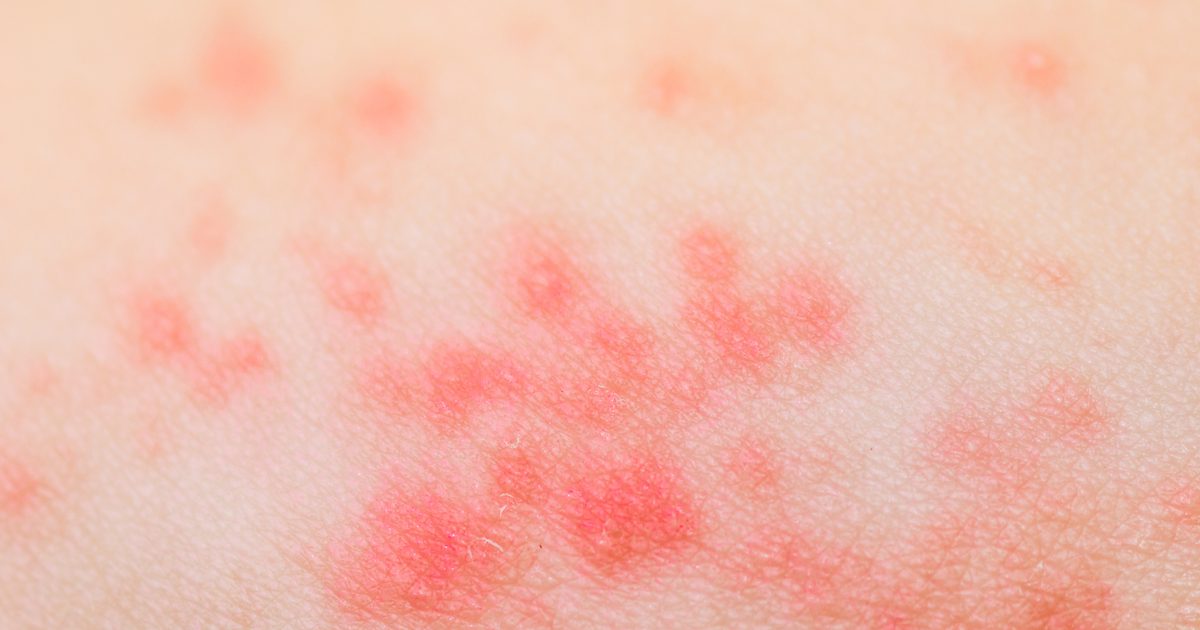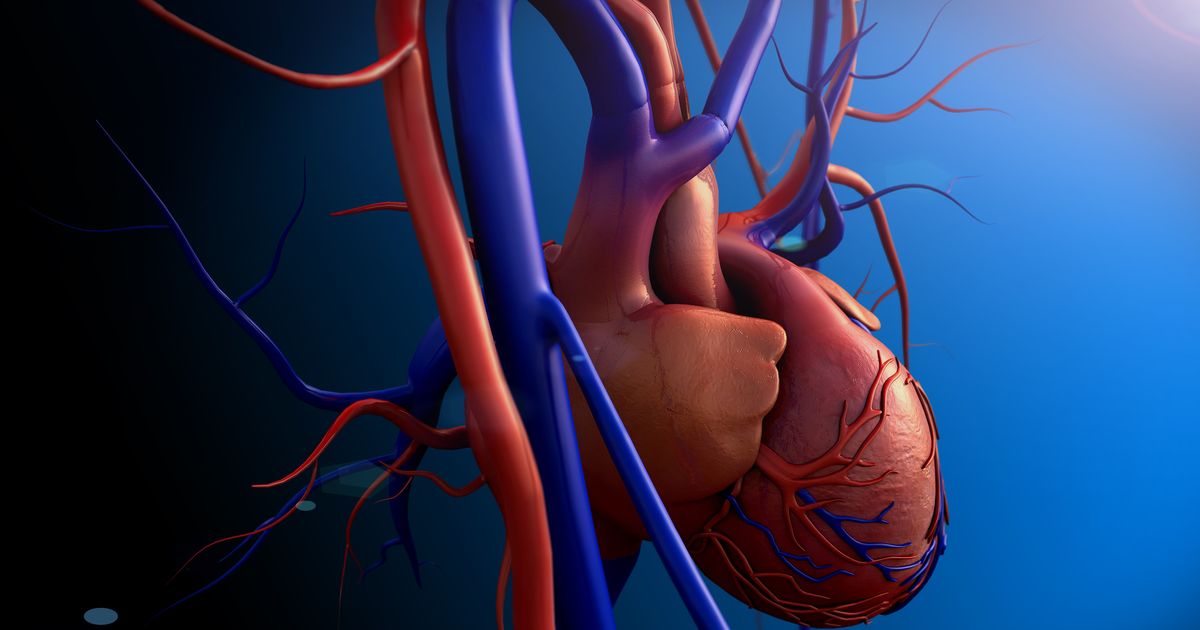How To Spot Fabry Disease
Fabry disease is a genetic disease that tends to run in families. There are many different symptoms, such as specific rashes and pain in the feet and hands. Individuals with Fabry disease experience a buildup of a certain kind of fatty substance, which narrows the blood vessels. This narrowing hurts your nervous system, brain, heart, kidneys, and skin. The disease typically begins during childhood, and it tends to affect men more commonly than women. Treatments can alleviate day-to-day symptoms, and familial support is also key. Individuals with Fabry disease lack an enzyme referred to as alpha-galactosidase A, which is necessary to break down fatty products like fatty acids, waxes, and oils. Get to know the ways to spot Fabry disease now.
Dark Red Spots On The Skin

If you have Fabry disease, you might experience dark red spots on the skin. In most cases, the dark red spots will be found between a person's belly button and their knees. Many other diseases can cause dark red spots to appear on an individual's skin, though. Many different rashes and allergic reactions present as dark red bumps. Typically, red bumps alone won't be enough to indicate an individual has Fabry disease. However, paired with other characteristic symptoms, this rash can be indicative of the disease. Because Fabry disease is made up of so many common and seemingly unrelated symptoms, it often takes a long time for an individual to be diagnosed. A great deal of patients do not receive a diagnosis until years after their first symptoms appear. Often, they've been to many different doctors and even been misdiagnosed. For individuals who have any family history of Fabry disease, genetic testing for the disease may be the best option for diagnosis.
Reveal the next sign of Fabry disease now.
Tinnitus And Hearing Loss

Tinnitus and hearing loss are both common in individuals with Fabry disease. Tinnitus is the medical term used to indicate a ringing in the ears. It may also present as whistling, chirping, hissing, or a range of other sounds. Tinnitus tends to become worse in situations where there isn't a great deal of background noise. Even though tinnitus is a common symptom of Fabry disease, it can also be a sign of other conditions. In fact, it's estimated about fifty million United States adults suffer from some form of tinnitus each year. When this symptom is severe, it might make an individual have trouble with sleeping and concentrating. Tinnitus is associated with hearing loss, but it isn't the cause of hearing loss. Hearing loss is a separate symptom that occurs when an individual loses some or all of their ability to hear. Believe it or not, though, hearing loss is the number three most commonly reported problem in the United States. It's estimated forty-eight million Americans have sustained some hearing loss. A number of diseases may cause hearing loss besides Fabry disease.
Keep reading to learn about another Fabry disease symptom.
Mitral Valve Prolapse

Mitral valve prolapse is another condition that can occur because of Fabry disease. This symptom happens when the mitral valve's leaflets prolapse into the left atrium of the heart, functioning similarly to a parachute as the heart contracts. This symptom can sometimes cause blood to leak backward and collect in the left atrium of the heart, which is referred to as mitral valve regurgitation. For the majority of individuals, this condition won't be life-threatening and doesn't need any changes in lifestyle or treatment. However, some patients will require some form of treatment. This valve prolapse comes with its own symptoms, though they tend to develop on a gradual basis. You might experience an irregular or racing heartbeat, along with lightheadedness and dizziness. In addition, it's common to see shortness of breath and difficulty breathing, often when an individual engages in physical activity or lies flat. Fatigue is the next most common symptom, followed by chest pain unrelated to coronary artery disease or a heart attack.
Learn more about the signs of Fabry disease now.
Back Pain

Back pain is one of the types of pain individuals with Fabry disease may experience. It's most common to experience this pain during episodes called the 'Fabry pain crisis.' These episodes involve acute and agonizing pain that begins in the hands and feet and then radiates inward toward the spine. These episodes might last for just a few minutes, or they may last for several days.
In many cases, a Fabry pain crisis will be the first symptom noticeable enough for an individual to seek treatment for the disease. Pain episodes might be triggered by stress, fatigue, exercise, illness, or changes in the weather. Also in some cases, the pain can be accompanied by a fever, which can lead it to be diagnosed as rheumatic pain. In addition, individuals might experience these pain episodes as a type of abdominal pain that becomes misdiagnosed as a renal issue or appendicitis. Some Fabry patients find the frequency and intensity of their pain episodes will lessen as they age into adulthood, while others find adulthood further aggravates their symptoms.
Get to know another symptom of Fabry disease now.
Joint Pain

Joint pain is another common type of pain associated with Fabry disease. Many patients with Fabry disease don't experience pain throughout all of the joints, as is common with other autoimmune and rheumatoid diseases. Instead, the pain most often presents as a chronic, burning, tingling, and nagging pain throughout the feet and hands. The pain starts during an individual's childhood and continues throughout their adulthood. When GL-3 accumulates in the blood vessel walls in the skin tissue, the person's nerve fibers degenerate. The disease causes individuals to lose some of their small sensory neurons, which some experts believe might contribute to the pain of Fabry disease. Pain in the hands and feet is one of the most common aspects of Fabry disease. This is the symptom that tends to set Fabry disease apart from other disorders with similar symptoms.
